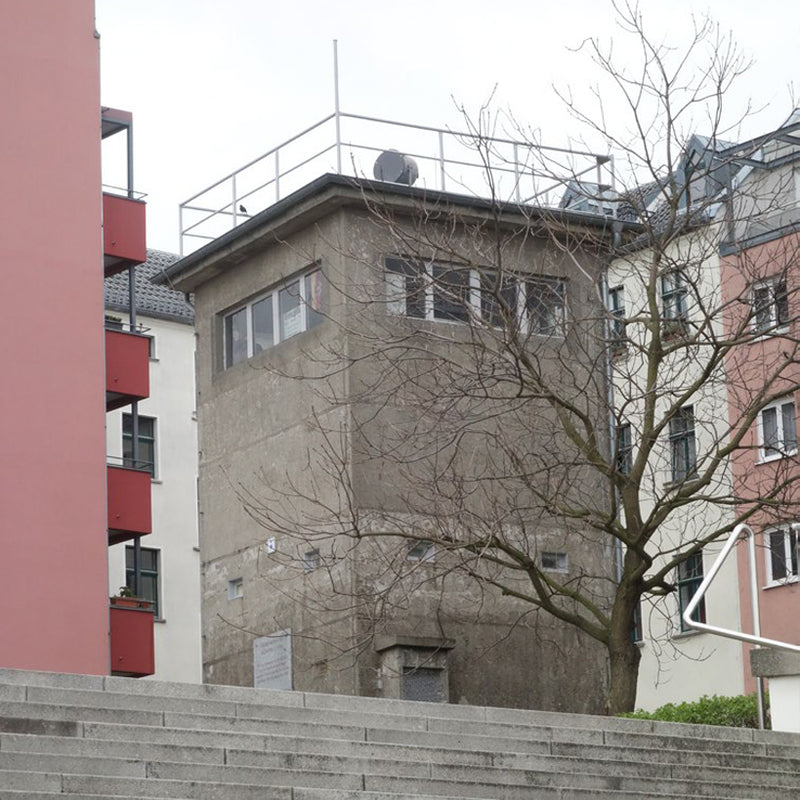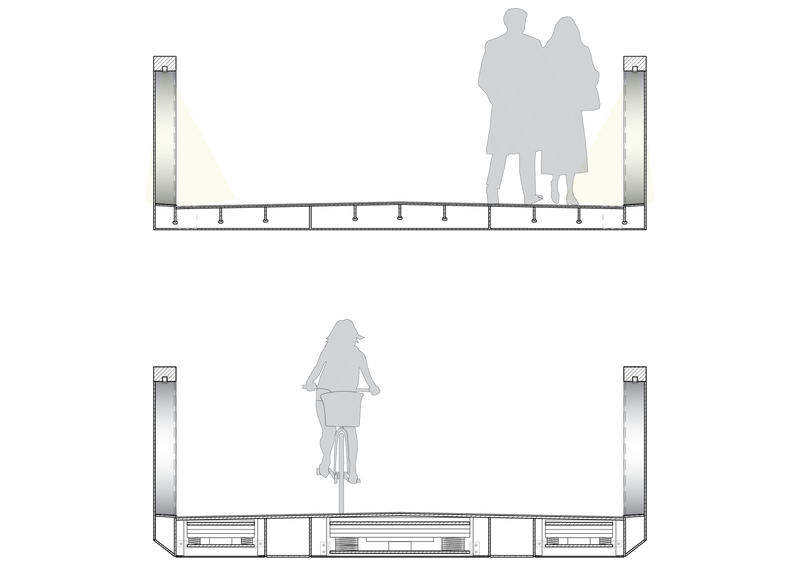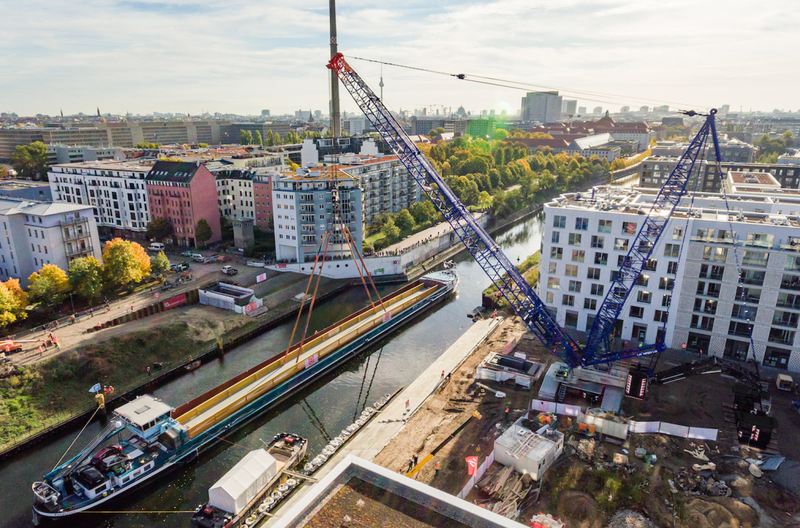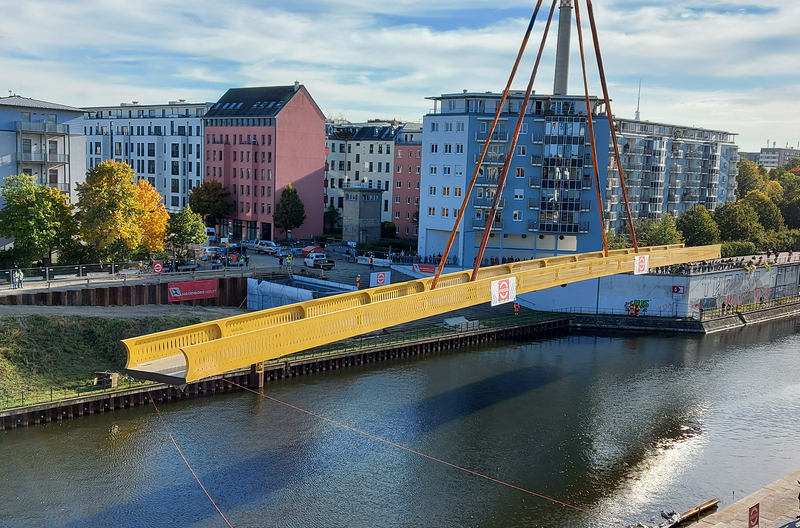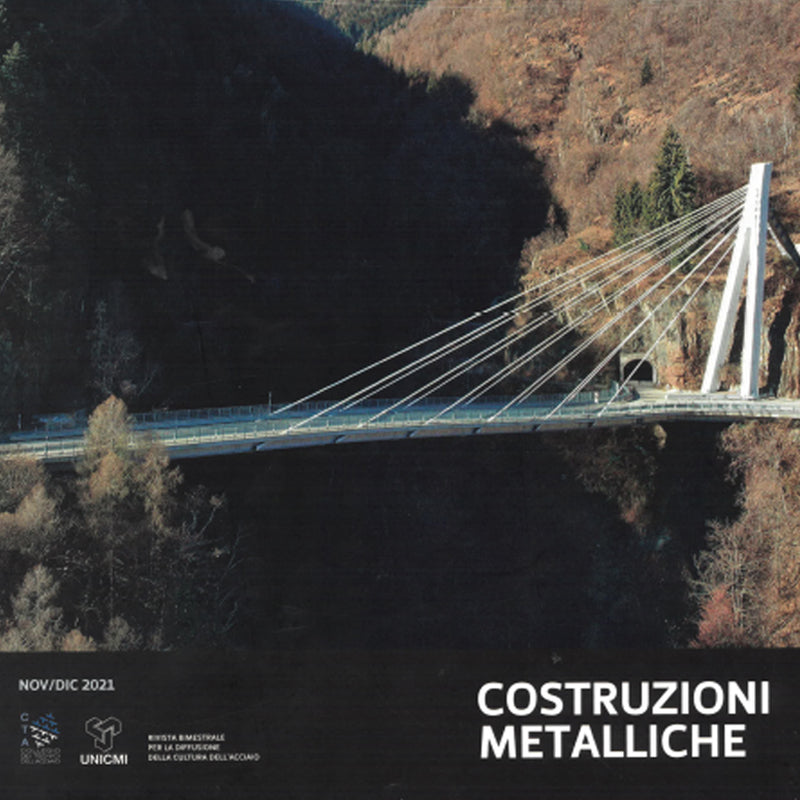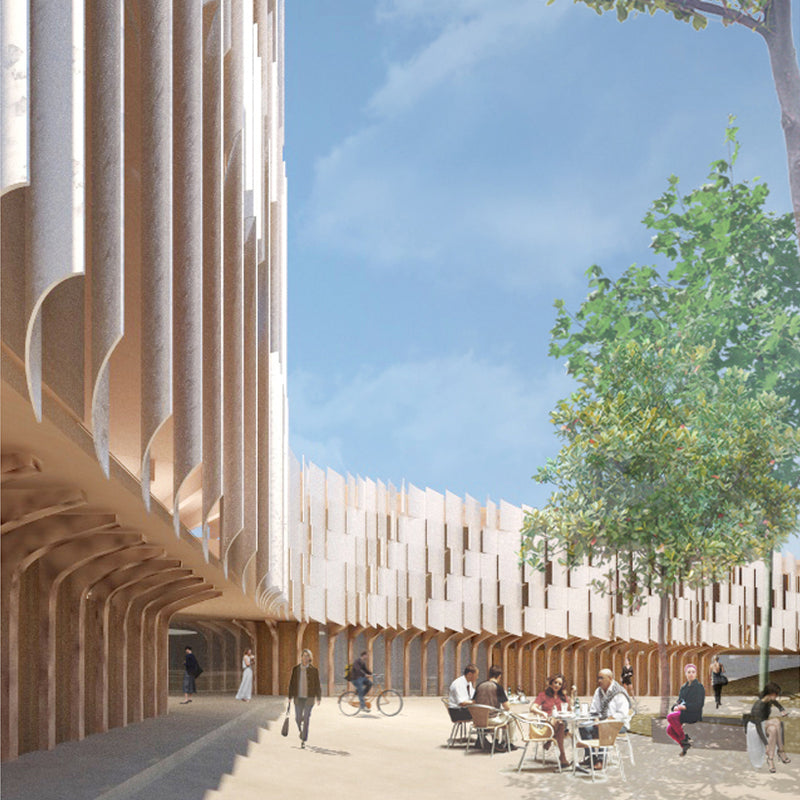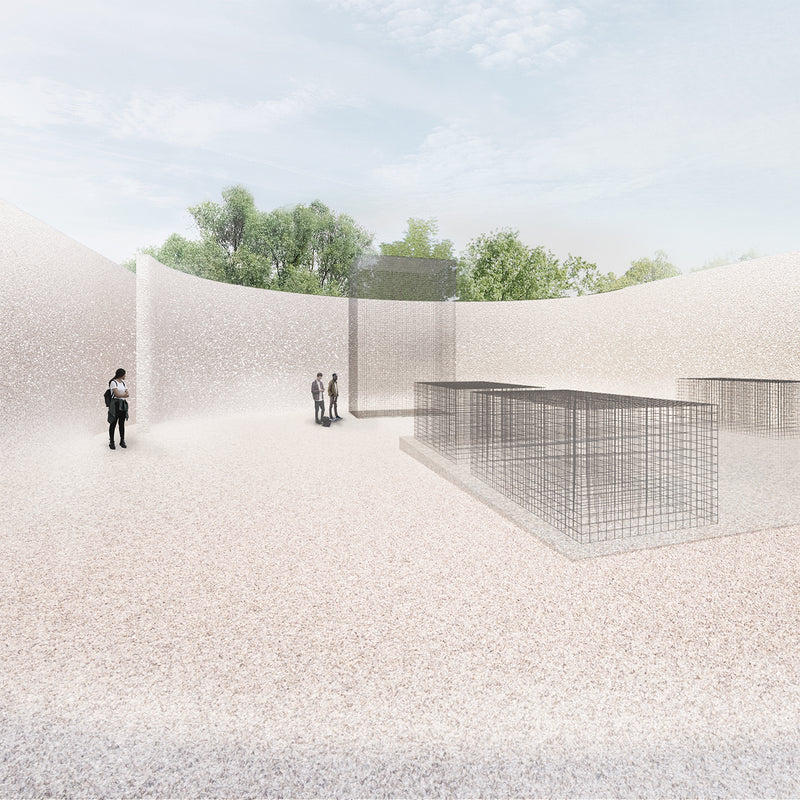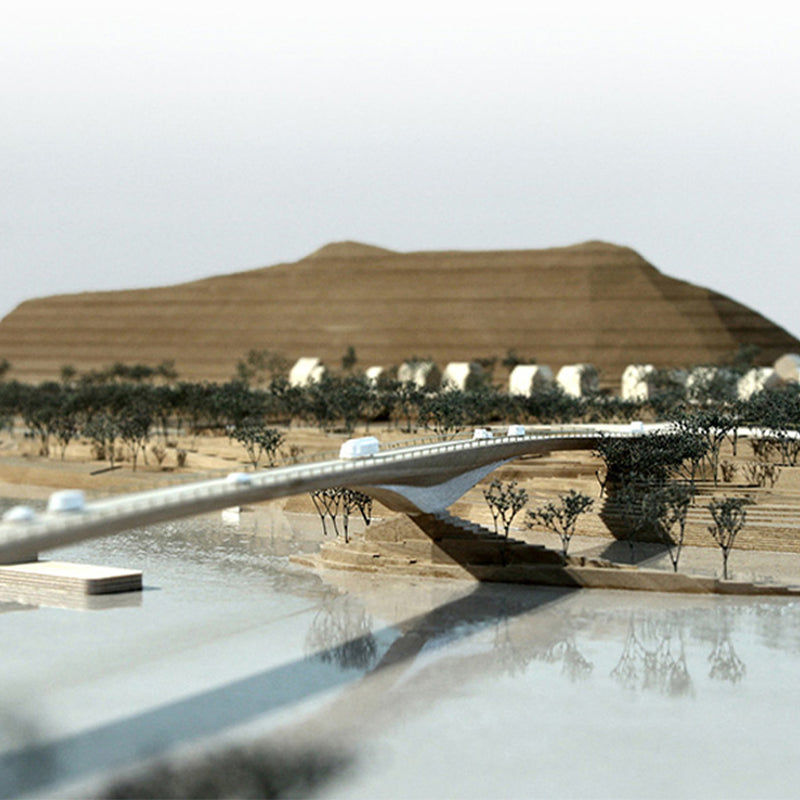Golda-Meir-Steg

Project Details +
Project Details
LOCATION: Europacity, Berlin
CLIENT: Berliner Senat - Abteilung Tiefbau
DATE: 2014-2021
STATUS: Completed
SIZE: Length: 77m, Width: 4m, Clear span: 60m, Clear height 4,5m
Credits +
Credits
ACME: Sarah Blahut, Nicholas Channon, Vera Landshuter, Friedrich Ludewig, Martin Menacher, Sarah Norman, Heidrun Schuhmann
CONSULTANTS
Competition:
Structural engineer - AKT II
Quantity surveyor - Höhler+Partner
Lighting design - SEAM Design
Execution:
Executive Architect/ Structural engineer - Schüssler Plan
Construction supervision - BögerJäckle
Lighting - LichtKunstLicht AG


